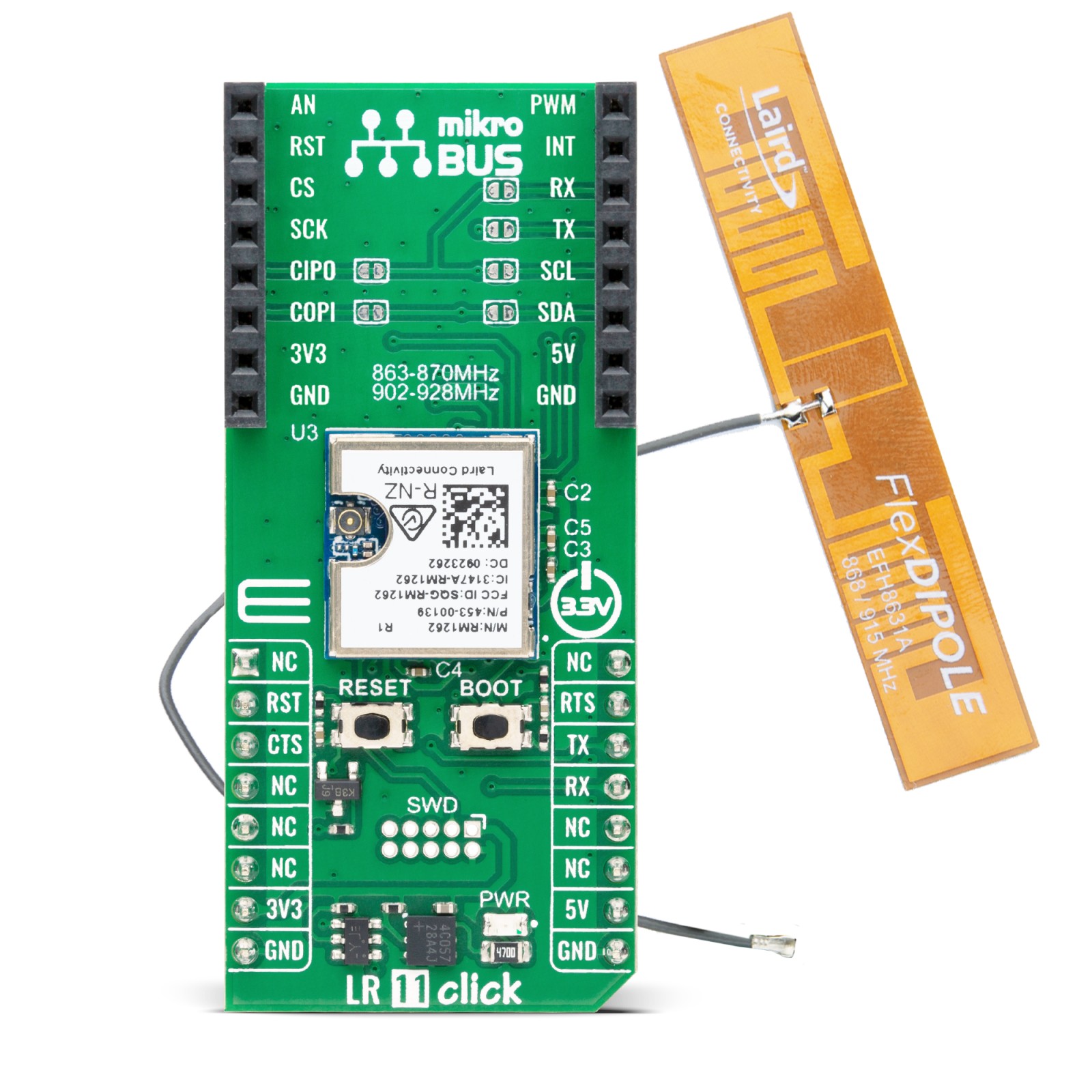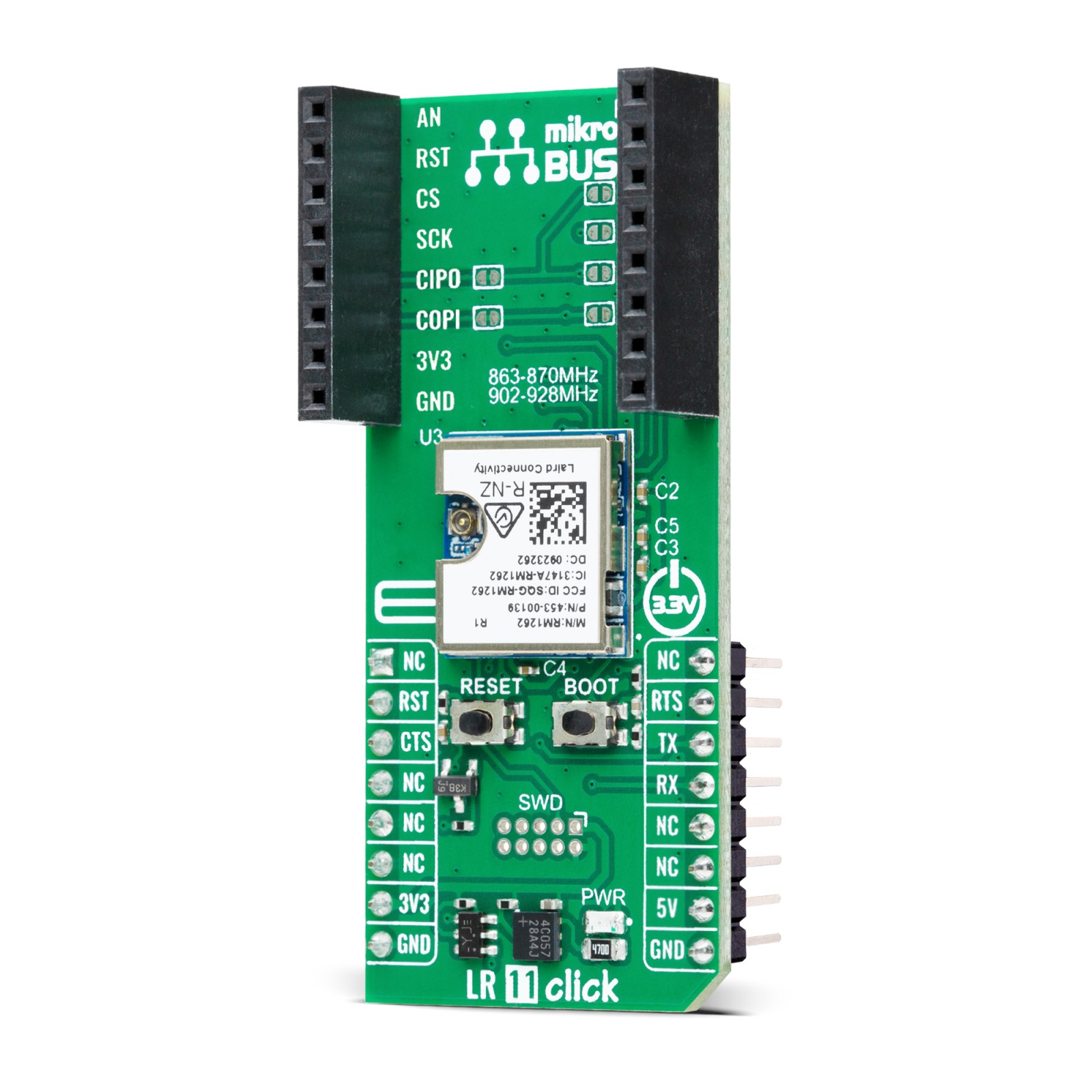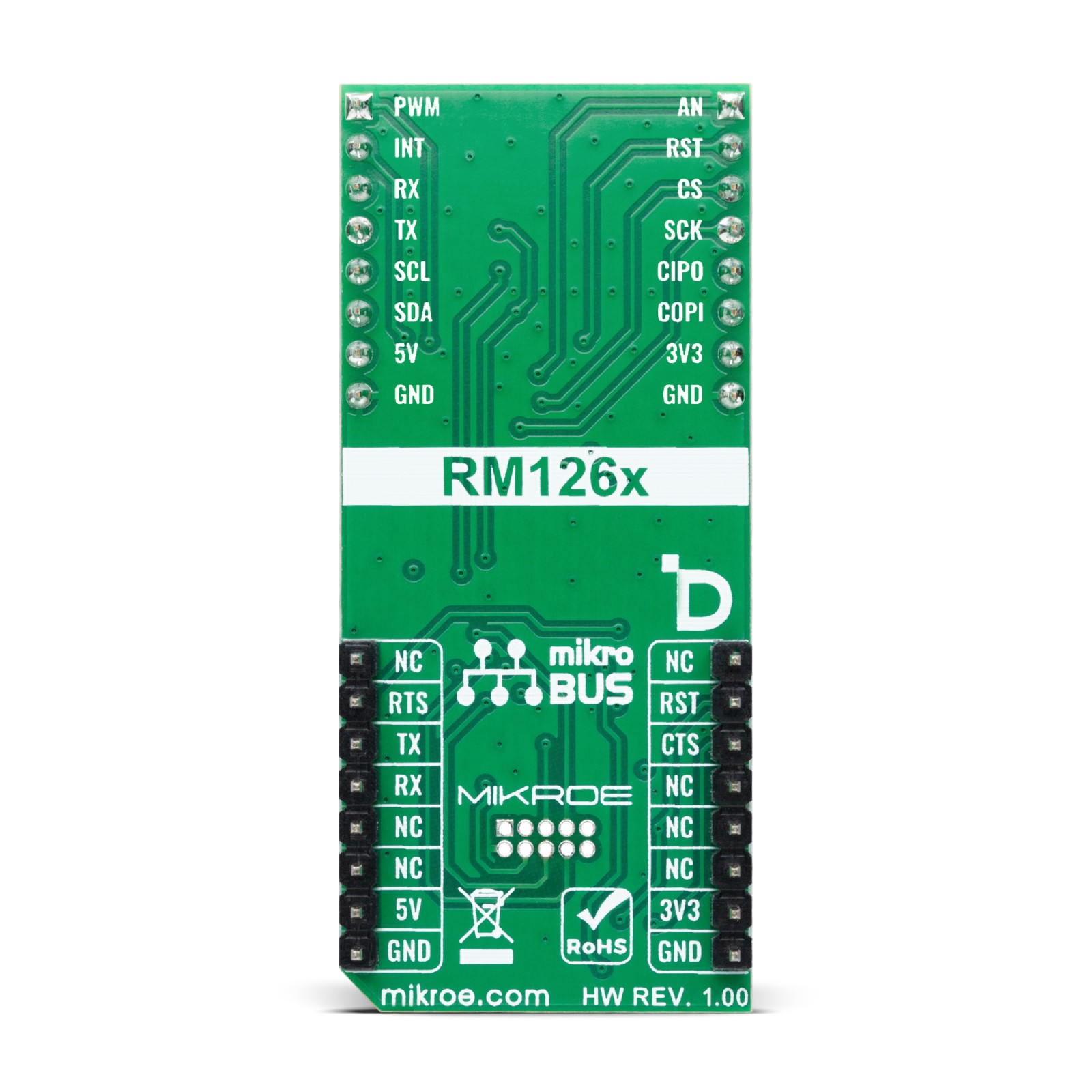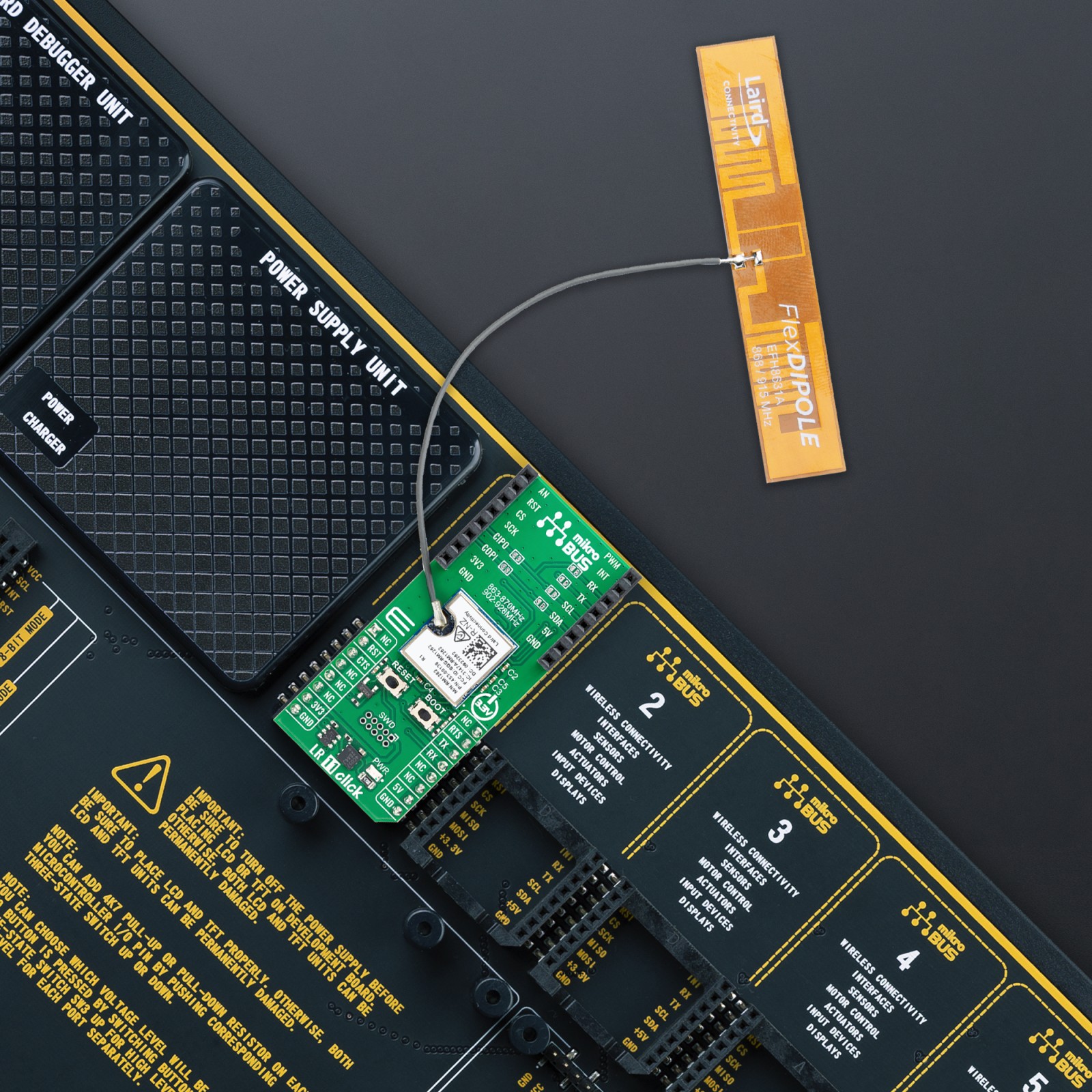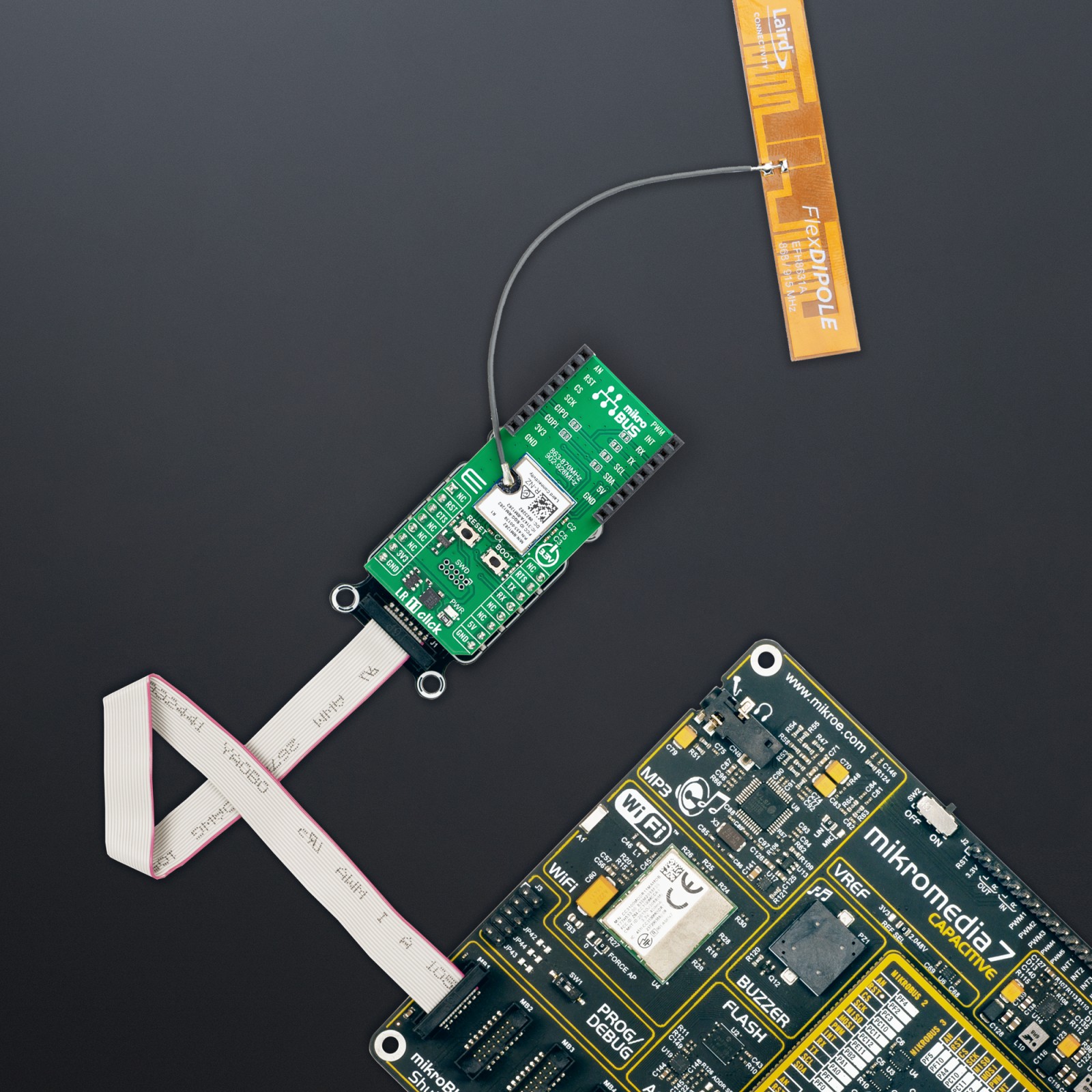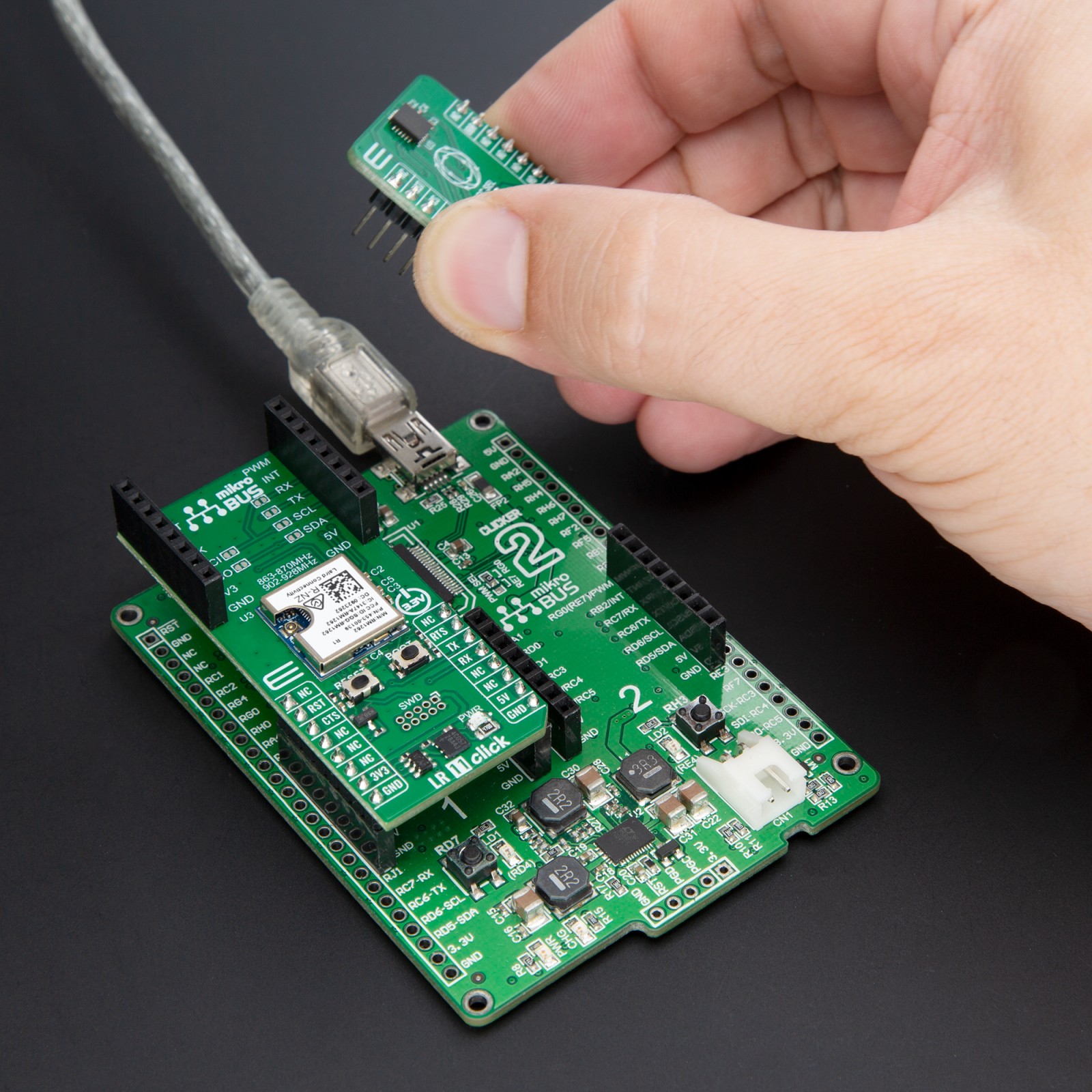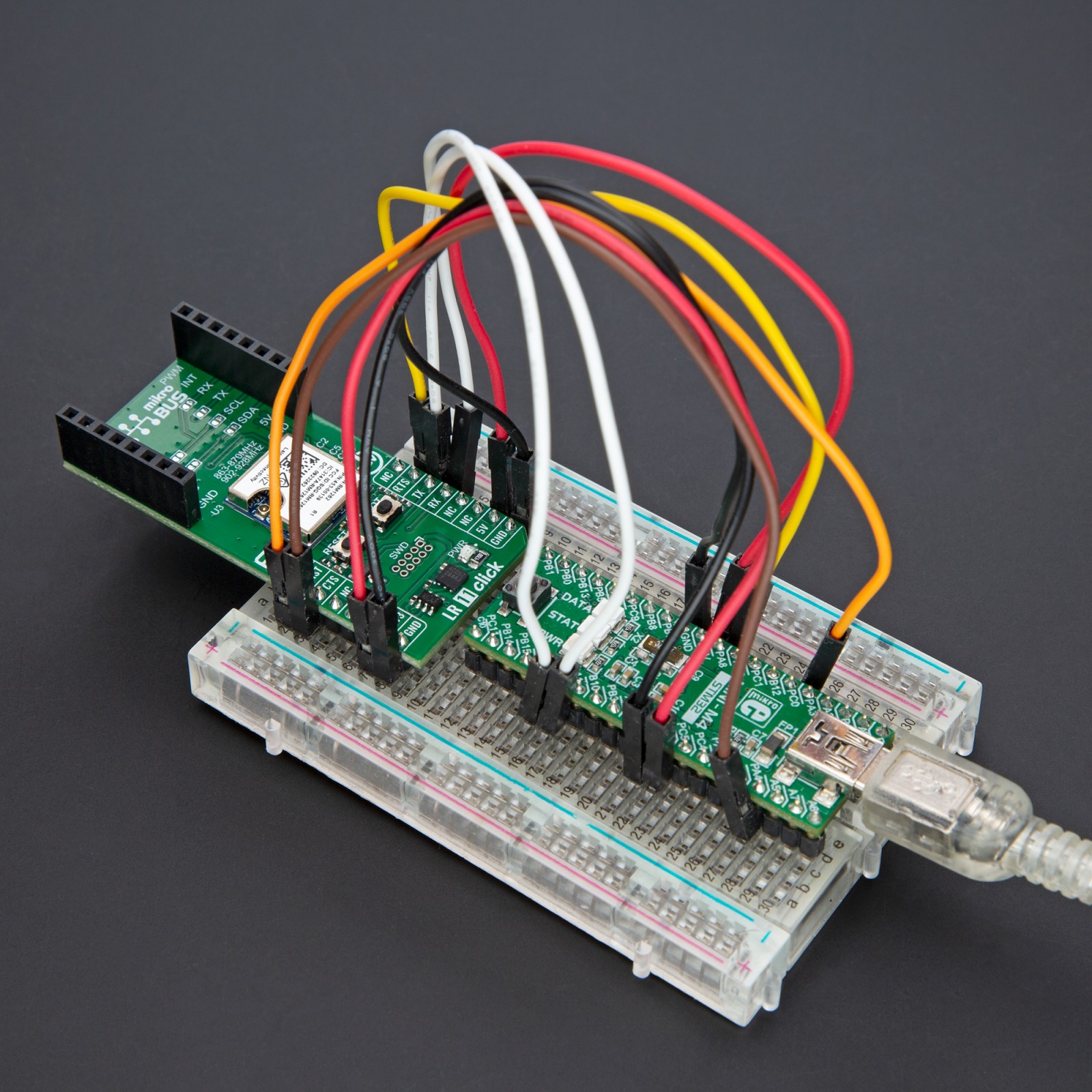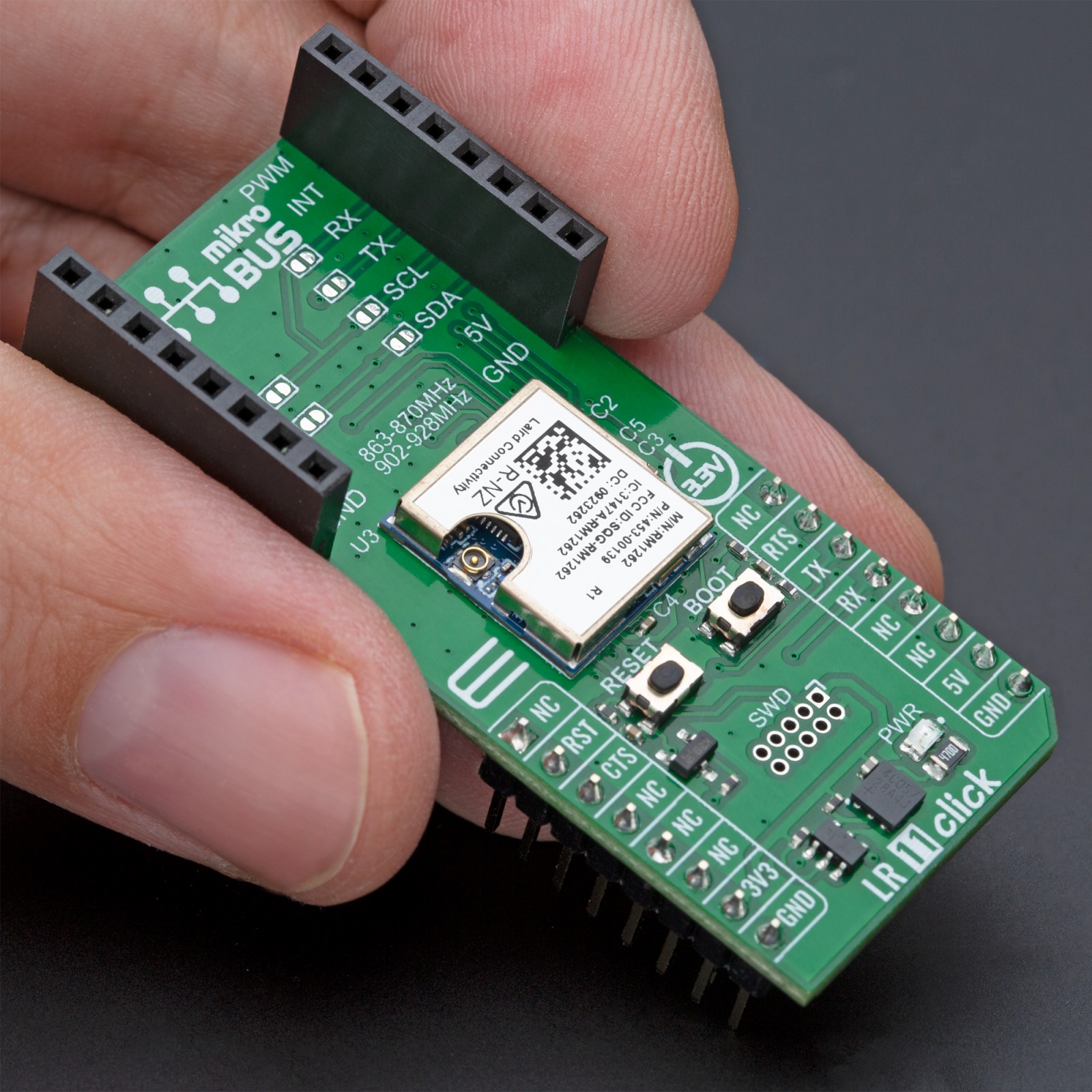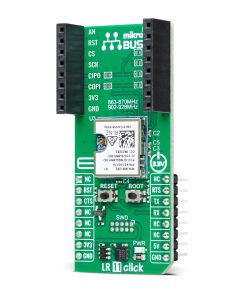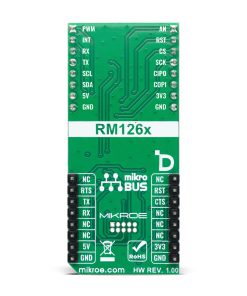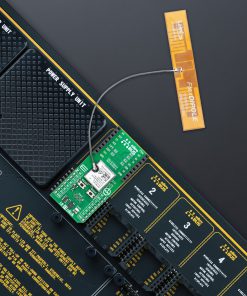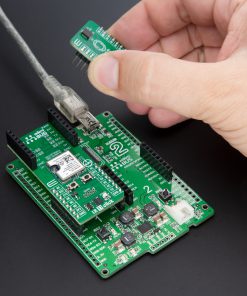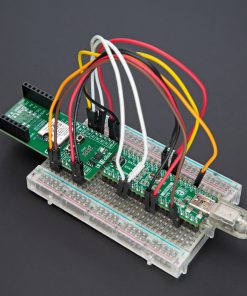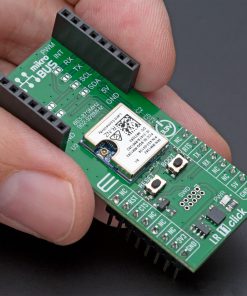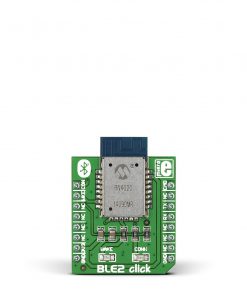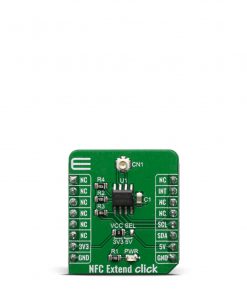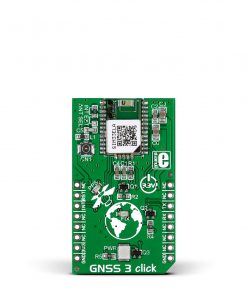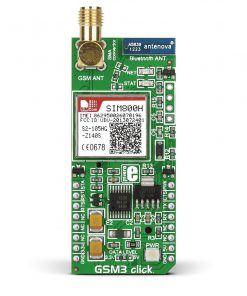-
×
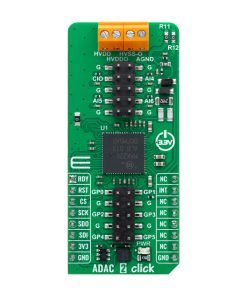 ADAC 2 Click
1 ×
ADAC 2 Click
1 × R2,450.00R2,205.00 -
×
 LPG Click
2 ×
LPG Click
2 × R335.00R301.50 -
×
 Alcohol Click
1 ×
Alcohol Click
1 × R335.00R301.50 -
×
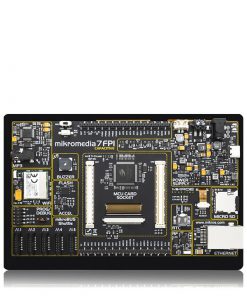 Mikromedia 7 Capacitive FPI with bezel
1 × R5,050.00
Mikromedia 7 Capacitive FPI with bezel
1 × R5,050.00 -
×
 BEE Click
2 ×
BEE Click
2 × R800.00R720.00 -
×
 MPU 9DOF Click
1 × R550.00
MPU 9DOF Click
1 × R550.00 -
×
 Accel Click
1 ×
Accel Click
1 × R355.00R319.50 -
×
 3D Motion Click
1 ×
3D Motion Click
1 × R1,050.00R945.00 -
×
 WiFi Plus Click
2 ×
WiFi Plus Click
2 × R2,250.00R2,025.00 -
×
 RN4678 Click
2 ×
RN4678 Click
2 × R855.00R769.50 -
×
 GSM Click
1 ×
GSM Click
1 × R1,050.00R945.00 -
×
 METHANE Click
1 ×
METHANE Click
1 × R335.00R301.50
Subtotal: R18,249.50

